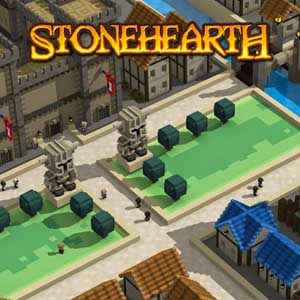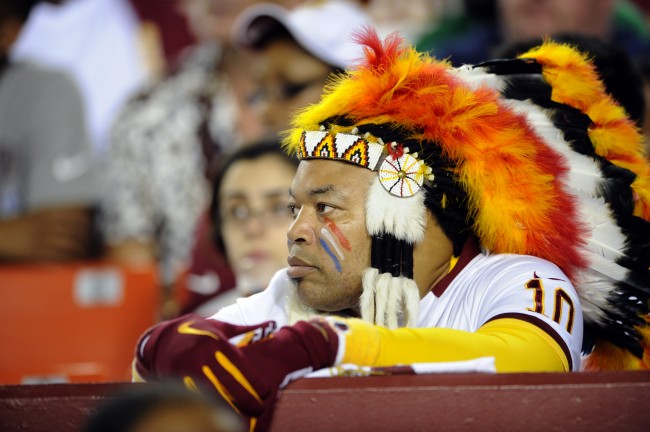

- Stonehearth game name trademark registration registration#
- Stonehearth game name trademark registration license#
There is also a range of non-conventional trademarks comprising marks which do not fall into these standard categories, such as those based on colour, smell, or sound (like jingles).

Stonehearth game name trademark registration registration#
Most countries require formal registration of a trademark as a precondition for pursuing this type of action. The owner of a trademark may pursue legal action against trademark infringement. The unauthorized usage of trademarks by producing and trading counterfeit consumer goods is known as brand piracy.
Stonehearth game name trademark registration license#
Trademarks can be used by others under licensing agreements for example, Bullyland obtained a license to produce Smurf figurines the Lego Group purchased a license from Lucasfilm to be allowed to launch Lego Star Wars TT Toys Toys is a manufacturer of licensed ride-on replica cars for children. 13.2 Comparison with patents, designs and copyrightĪ trademark identifies the brand owner of a particular product or service.12.2 Wrongful or groundless threats of infringement.12.1 Limits and defenses to claims of infringement.The symbols ™ (the trademark symbol) and ® (the registered trademark symbol) can be used to indicate trademarks the latter is only for use by the owner of a trademark that has been registered. The 1938 Act, which served as a model for similar legislation elsewhere, contained other novel concepts such as "associated trademarks", a consent to use the system, a defensive mark system, and a non claiming right system. The Trade Marks Act 1938 of the United Kingdom changed the system, permitting registration based on "intent-to-use”, creating an examination based process, and creating an application publication system. In France, the first comprehensive trademark system in the world was passed into law in 1857. The first modern trademark laws emerged in the late 19th century. The first legislative act concerning trademarks was passed in 1266 under the reign of Henry III, requiring all bakers to use a distinctive mark for the bread they sold. Trademarks used to identify services are sometimes called service marks. A trademark may be located on a package, a label, a voucher, or on the product itself. The trademark owner can be an individual, business organization, or any legal entity. A trademark (also written trade mark or trade-mark ) is a type of intellectual property consisting of a recognizable sign, design, or expression that identifies products or services from a particular source and distinguishes them from others.


 0 kommentar(er)
0 kommentar(er)
